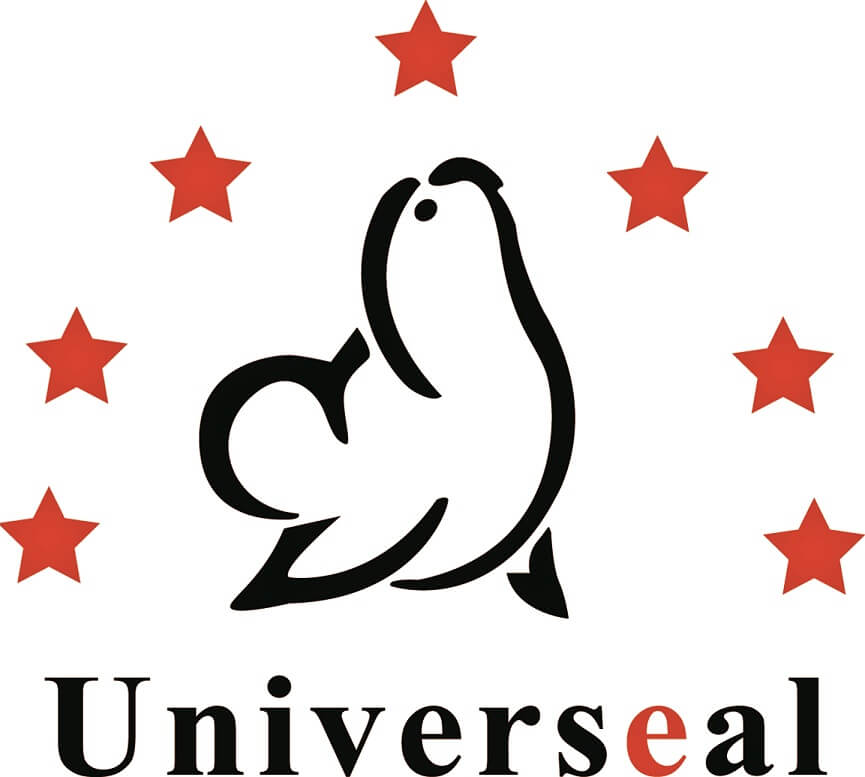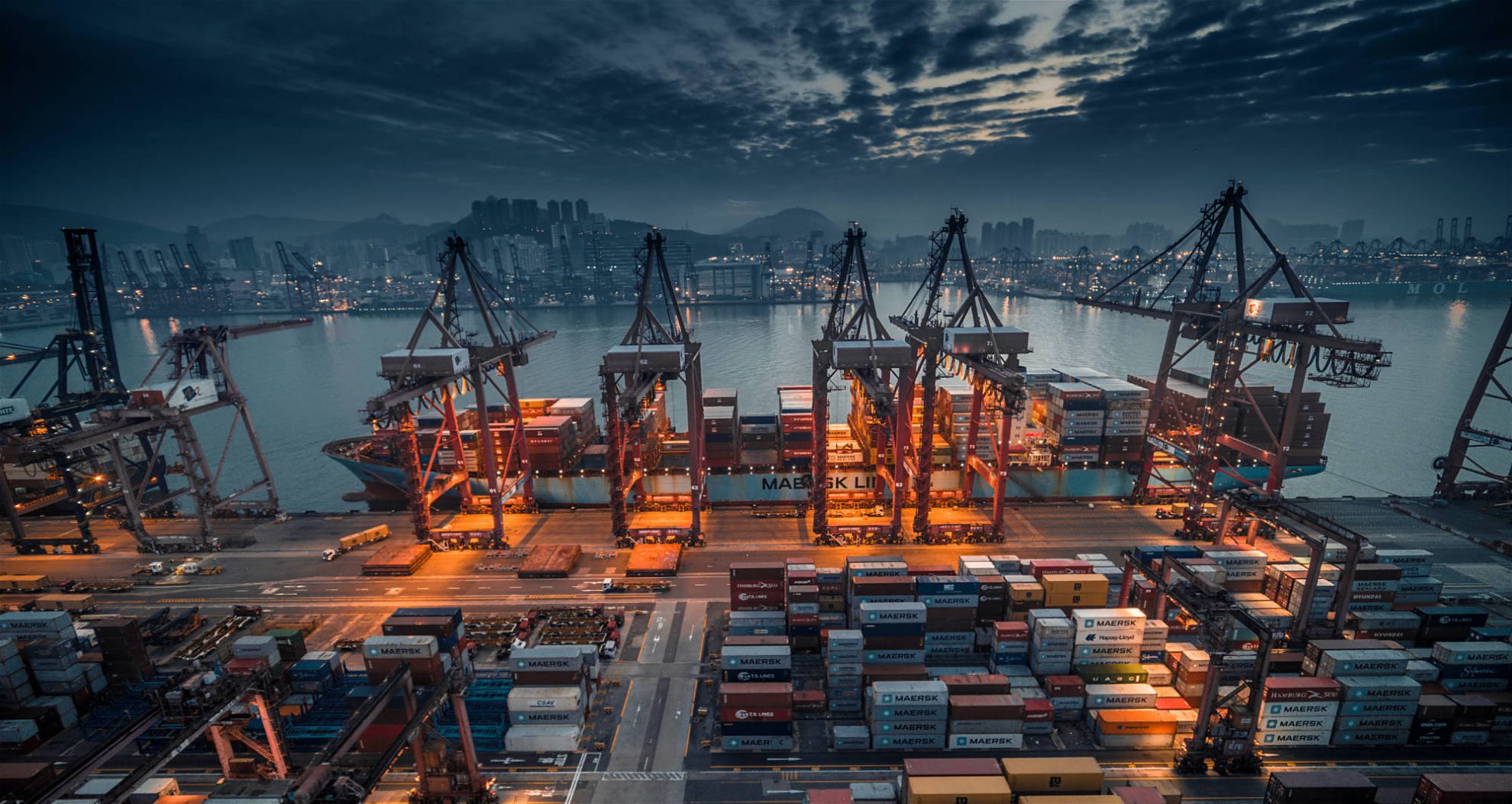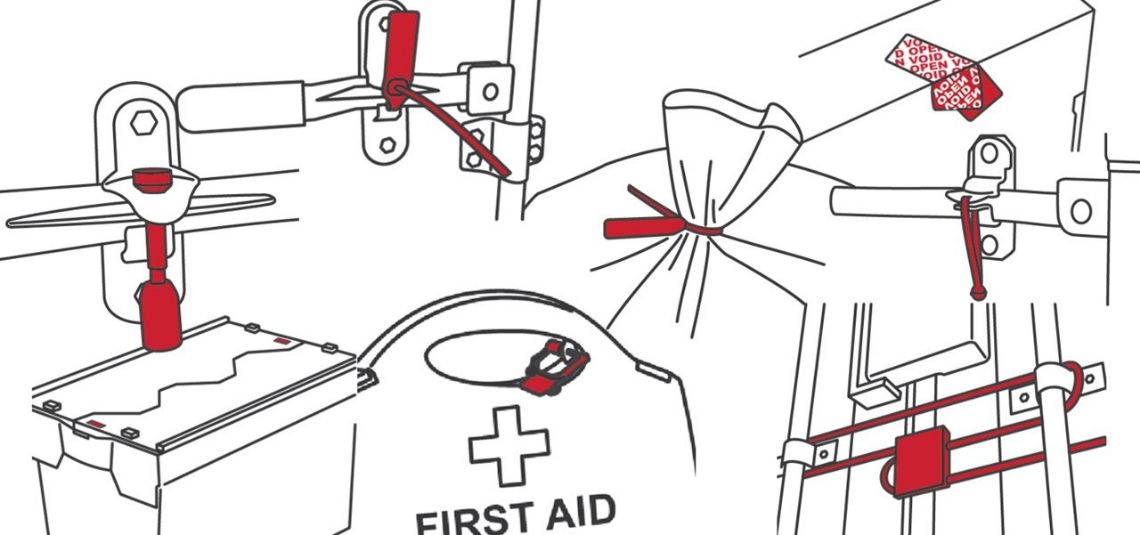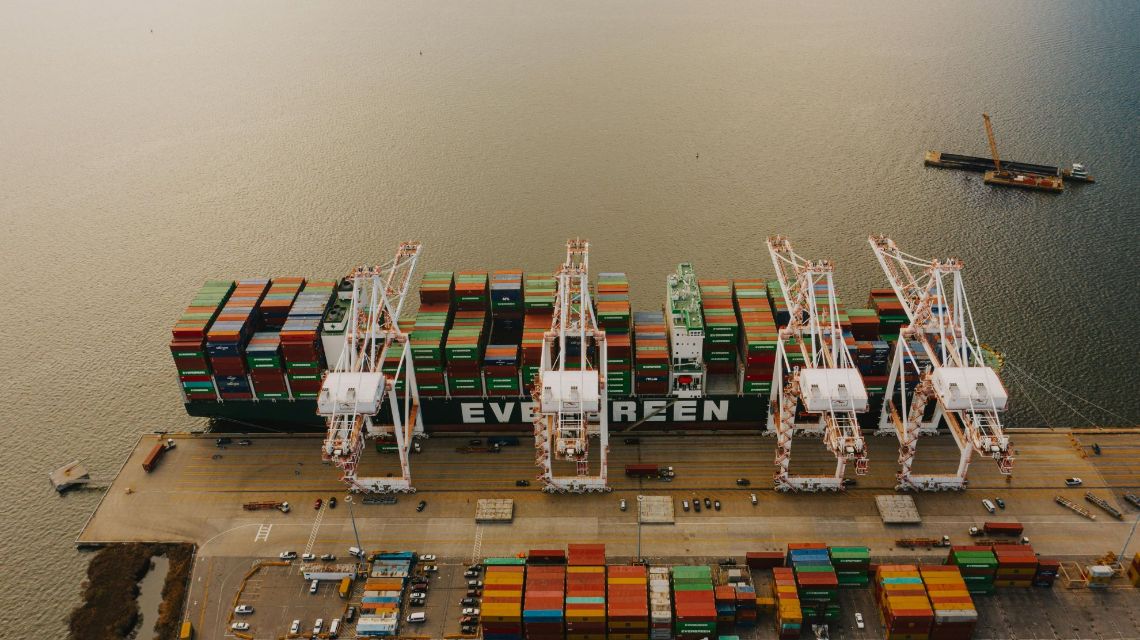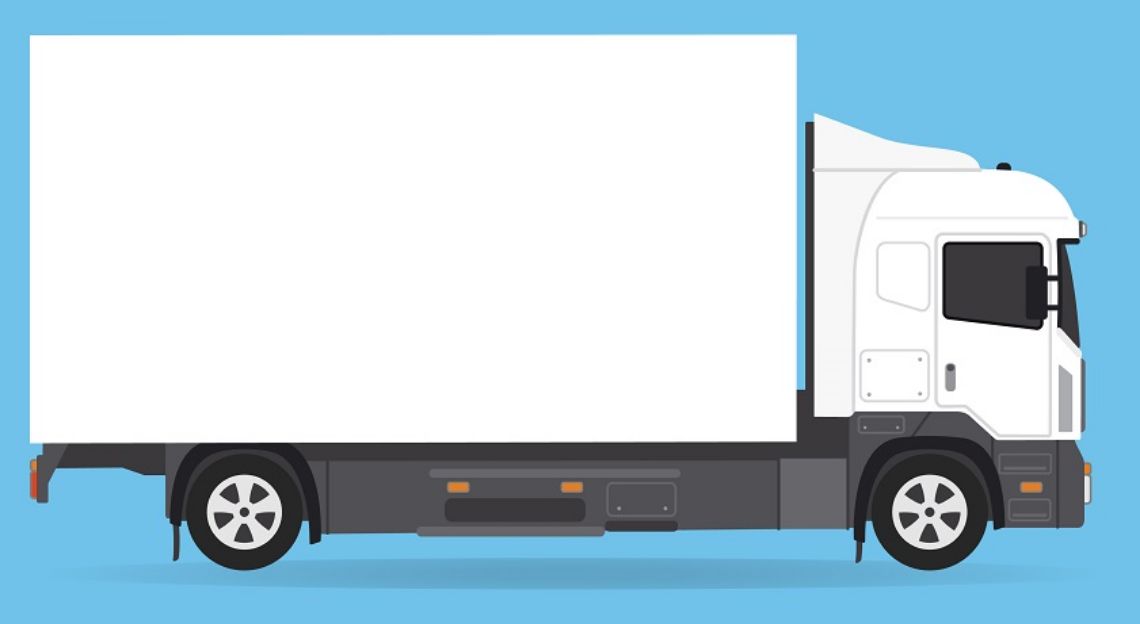Email us
Call us
01829 760000
Guide To Securely Seal Your Shipping Containers
Ensuring that a shipping container is properly sealed is critical for maintaining cargo security throughout its journey, safeguarding goods from unauthorised persons accessing the container and supporting regulatory compliance.
Tuesday, October 14, 2025Types of Security Seals
The range and different types of security seals and tags can be confusing to the uninitiated, so we have produced the below quick visual guide for understanding some of the key differences, and how particular types of security seals might be suited to use cases in your organisation. For further help and assistance, please contact us at [email protected]
 | .png) | .png) |
| Plastic Indicative Seals, 2 types: (1) Pull-Through Seals seal through locking chamber & pull progressively tighter, suitable for sealing of mail & cash bags; (2) Fixed Length Seals form a fixed loop, suitable where over-tightening might cause accidental breakage in transit (such as trailer hasps). | Security padlock seals are fixed length seals which are small and suitable for sealing of small enclosures like trolley apertures, first aid and other equipment kits, security bag zippers etc. They can easily be sealed and broken by hand for quick and convenient application. | Bolt security seals provide barrier control for shipping containers. They consist of a counterpart barrel and pin with duplicate numbering, sealed together and requiring bolt cutters to remove. They must meet ISO17712 high security standards and are suitable for cross-border customs movements. |
 | 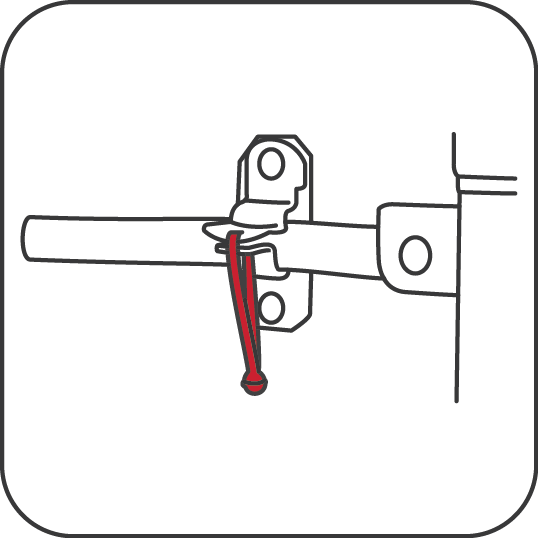 | 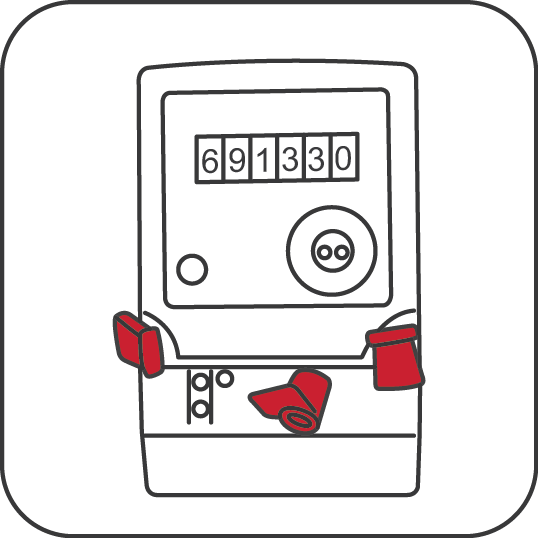 |
| Metal Cable seals are strong barrier seals, and in their heavier gauge options (Flexigrip 325M and Flexigrip 500M) are also ISO17712 'High Security' approved for customs movements. The pliable wire cable can be flexibly used to seal through hasps and around vertical locking bars, providing increased security. | Metal strip seals are useful option between plastic indicative seals and heavier duty cable and bolt seals - they provide a higher tensile strength of between 50KgF - 100KgF compared to plastic seals, but are most cost-efficient compared to cable and bolt seals. Their thin straps make them well-suited for sealing small apertures, such as TIR cords and railcars. | Meter wire seals are products suited to sealing utility (gas and electric) & taxi meters. They range from simple plastic and metal seals which can be crimped onto sealing wire with pliers, to more sophisticated self-locking seals with inner mechanism. Wire seals are produced with narrow gauge wire to fit through the small apertures of meters (<1mm). |
 | 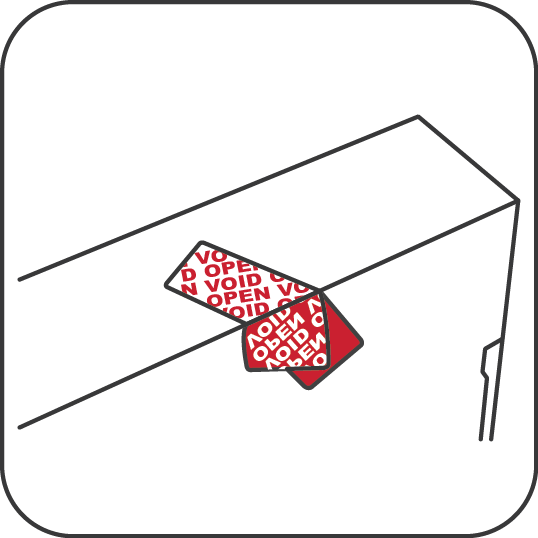 |  |
| Tote box plug seals are a specific type of fixed length seals designed to securely seal the lids of attached lid containers (ALC's) firmly shut. Plug seals seal down flush on to lids, making stacking of tote boxes easier, and can also be produced with paired numbering to seal both of end of the crate with the same security number. | Security labels and tapes are their own category of security seals which work on the basis of their tamper-evident film and adhesive properties, rather than by mechanical anti-tampering. By their nature, they are suitable for sealing flat surfaces, such as carton and pallet seams and edges. | Electronic seals are their own subset of security seals which use electronic sensors to detect a tamper-evident state. They are generally reusable seals with a higher initial cost which is spread over many thousands of uses. |
Our friendly and knowledge team would be happy to discuss your security seals needs - please contact us at [email protected] or +44 (0) 1829 76000.
Display
per page
Choosing the Best Security Seal for the Job
With the range and breadth of security seals on the market, it can be very challenging for the uninitiated to know which seal to choose to best suit their needs. From the outset, it is recommended that the decision-maker considers the purpose of the security seal in relation to the application. Considering some of the fundamentals from the outset will help to select the right seal for the job…
…why is the user sealing the enclosure in the first place? Is it for loss prevention, safety purposes, product integrity, brand assurance...?
…what type of goods will be protected? What is the value of the goods?
…where is the seal going, and how? Cross-border shipments are subject to customs regulations which will affect the seals that can be used
…what kind of resistance is required? What are the consequences should if the security seal has been broken or tampered with?
…what environment is the seal being used in? What is the operating temperature? How long does the seal need to last for?
Answers to these questions will have a bearing on the material, form, shape, strength of the most appropriate security seal.
It should also be noted that a security seal alone cannot provide an iron-clad guarantee of integrity. No manufacturer anywhere in the world can say with complete certainty that – given enough time, appropriate circumstances, resources, skills and ingenuity – their security seals are undefeatable... but this is also true of safes, door looks, padlocks and alarms. Security seals should always be used as one layer within an ‘onion skin’ of security (view our guide to security protocols).
With this said, below we note some key characteristics of seals you should consider when choosing the most suitable. Try out our handy filtering tools shown on our main security seals category to find a product matching your needs.
| Seal Feature | Considerations |
|---|---|
| Design Type | Seals come in many forms... Pull-through Security Seals, Fixed-Length Security Seals, Security Padlock Seals, Barrier Seals (Cable Seals and Bolt Seals), Wire/Rope Meter Seals, and even Reuseable Electronic Seals. Security seals also include security tapes and labels, suitable for flat surfaces and edges on enclosures such as crates, cartons and pallets. Each type is designed for particular types of applications - for more information, see types of security seals. |
| Physical Fit (Diameter, Length and Flag Size) | Each security seal will have a particular tail or hasp diameter, an effective useable length, and a standard flag size for visibility of printed identification markings. Narrower seals are useful where seals must fit into smaller apertures, and for this many of our pull-through seals have smaller diameters, such as the MiniLock 570's 1.4mm tail thickness and UniTite 414's 2mm thickness. We also offer extra long seals, such as the UniStrap 412-XL (overall 51cm length) and UniTite 413 (overall 49cm length). In terms of flag size ("marking area"), we offer specialised security seals such as our UniFlag Security seal, which has a large format (108x56mm size). |
| Material | Common materials in use for security seals are polypropylene, nylon, aluminium and steel. Polypropylene is a popular choice for pull-through seals, as it offers a combination of strength, flexibility and wide operating temperatures. However, all types of plastic do become brittle at increasingly low temperatures, and do degrade when exposed to UV light, long-term saltwater exposure, solvents etc. Metal aluminium and galvanised steel cable seals provide more durability and strength where circumstances dictate, and we can also specify stainless steel cable grades for most demanding applications: see our Flexigrip 150M and Flexigrip 325M models. |
| Strength | Seals are specified for particular strengths – for certain applications such as fire extinguishers, kit bags and first aid trolleys it is desirable to have a very low break-strength so that seals can be broken in an emergency – for others, for example mail sack security seals, it is important that seals with strong break strengths are used so that bags do not burst open when under tension. There is a wide range of tensile strengths available, from 5KgF all the way up to 2000KgF, so understanding the possible forces relevant for your application is important for specifying the right kind of seal. |
| Level of Tamper-Evidence | We categorise our security seals as having either a Low, Medium or High degree of tamper-evidence, based on design and construction features, method and material of construction, and level of certification. |
| ISO Classification | Linked to the above, higher levels of security seals are often required for international freight movements - in particular, High Security Seals as classified under ISO17712:2013 regulations for international shipping container and freight movements. |
| Removal Method | Some applications require easy-access into a sealed enclosure, and for this we have security seals that can be removed easily by hand, either with low-break strengths (see our Fireseals) or tear-line features (see our Tracewaste Tear-Off and UniStrap 412LT). For other requirements, security seals need to be robust and should not be removed intentionally without simple tools such as scissors or tin-snips, such as our UniTite 413. In other scenarios, particular for barrier seals, we have our heavy-duty cable and bolt seals, products such as our Flexigrip 325M, Flexigrip 500M and Fork seals which necessitate the use of heavy-duty cutting tools like bolt croppers to remove. |
| Sustainability | Sustainability should of course be at the heart of every business, and security seals should be no exception. All of our plastic security seals are 100% recyclable, and we are increasing options for recycled content and biodegradable security seals on a regular basis. |
Universeal UK has been supplying security seals since 1992, and we are one of the leading organisations in the industry. Please email [email protected] for more information on our range and how we can assist. For advice on using security seals within a wider security program, please continue reading our next article in the series, Security Protocols: Making Security Seals work for You.
This article is the second of four, looking at how security seals can fit within your wider security protocols. View Series below...
- What are Security Seals?
- Choosing the Best Security Seal for the Job
- Security Protocols: Making Security Seals work for you
- Glossary – Understanding security seal terminology
Universeal UK gains certification under HM Revenue & Customs Security Protocols
Protecting your interests whatever the Brexit forecast! Universeal UK gains Notice 205 HMRC customs acceptance for range of security seals
Following recent re-testing, we are pleased to announce the certification of three Universeal UK security seals for acceptance by HM Revenue & Customs as suitable Notice 205 customs seals. This means they have been rigorously tested in their design, construction and secure anti-tamper features to ensure that they are resistant to known attempts to defeat security seals and so gain unauthorised access to sealed road, rail and sea freight cargo whilst in transit and during customs handling.
This will enable UK and European traders to use Universeal UK accepted seals in relevant circumstances as specified in HMRC customs guidance. With the continuing uncertainty regarding the status of the border between the UK and EU member states after Brexit, the use of accepted customs seals is one way to mitigate the risks of a hard border. It will also help to ensure that ongoing international trade is as frictionless as possible: our Locktainer 2020SH bolt seal, FlexiGrip 150M cable seal and Metal Globe metal strip seal have now all been added onto the HM Revenue & Customs customs sealing acceptance list as appropriate sealing devices for Customs purposes.
The Security Seal Testing Authority (SSTA) arranges independent testing of seals under criteria laid down in the European Community’s Regulations 2454-93 Article 386 Annex 46a, together with the Security Seal Specification SSIA-98-A. H M Revenue & Customs categorize security seals into 3 groups:
Group 1: High-Security Barrier Seals
Barrier Security seals that can withstand a tensile test of 1000kgs and which have the unique reference number marked on each component in the case of two piece seals. Our Locktainer 2020 bolt seal is now Group 1 HMRC customs accepted.
Group 2: Security Barrier Seals
Barrier security seals that can withstand a tensile test of 250kgs, together with those two piece seals which, although capable of meeting the physical criteria laid down under Group 1, only have the unique number on one part. Our Flexigrip 150M cable seal is now Group 2 HMRC customs accepted.
Group 3: Indicative Security Seals
Indicative security seals, where strength is not considered a determining factor. Our Globe security seal is now Group 3 HMRC customs accepted.
Summary of Classifications
Group 1 Locktainer 2020SH Bolt Seal (also ISO17712:2013 & USA C-TPAT-approved)
Group 2 FlexiGrip 150M Cable Seal
Group 3 Globe Metal Strip seal
These models are stock items available for despatch from our UK.
In the run up to Brexit and the concerns surrounding no deal scenarios and possible delays at borders, we would recommend all freight entering or leaving the UK to be sealed with accepted trader seals to ensure the minimum amount of disruption during customs handling. The use of approved security seals which reach appropriate quality standards will also help to protect your cargos should delays cause trailers or shipping containers to be held at checkpoints or whilst stationary in queuing traffic.
The current HM Revenue Customs list is available under Notice 205, available on UK government website here: https://www.gov.uk/government/publications/notice-205-official-customs-seals-and-trader-sealing/notice-205-official-customs-seals-and-trader-sealing
Please call for more information or to discuss your security seal requirements with us.
Cargo Security: Sealing Vans, Trucks and Trailers
Securing your assets against theft and interference whilst in transit is more important than ever in our globally-connected world. Security seals are an important part of the security process; helping to ensure that your goods arrive at destination as expected, without delay.
Security seals come in various forms to suit particular applications, and in this article we run through the different types of seals which are suitable on various forms of road transport vehicles.
Transit and Small Van Security | |
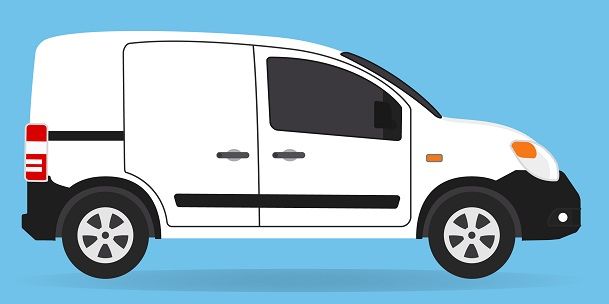 | Security LabelsSmall transit and other small courier vans do not feature locking hasps or other features which would allow for sealing by way of an indicative pull-tight or fixed length seal. Instead, non-residue security labels can be placed on the seam of vehicle doors, preventing access without removing the label and de-facing the surface, leaving a VOID message through the seal. Non-Residue labels have the advantage in that they do not leave a residue on the surface of the doors, avoiding damage to paintwork. |
Vans with Roller Door Shutters |
|
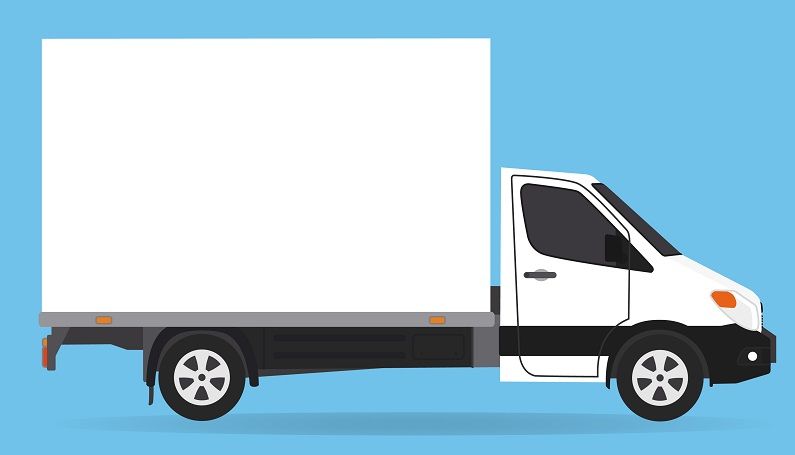 | Indicative Pull-Tite SealsVans and other vehicles with roller-shutter doors feature hasp and staple-style locking arrangement. For these types of locks, we recommend use of a pull-tite or “pull-through” tamper-evident seal, which can be secured tightly around the mechanism, preventing interference by opportunists. Pull-through seals are available in many different sizes and configurations. We hold most items in our UK warehouse; alternatively, we can customise with your bespoke marking, logo and custom numbering. |
Articulated Lorry Trailer Doors | |
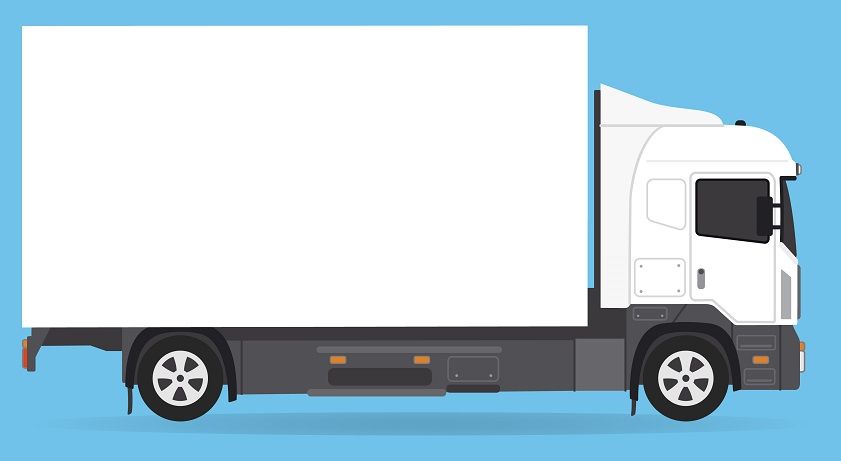 | Fixed-Length / Ring SealsTrailer doors are available with a number of different locking mechanisms, and so the preferred security seal will depend on the mechanism in question - either pull-through or fixed-length seals are recommended. Fixed-length or "ring" seals, form a secured loop through a locking aperture. Ring seals do not “pull tight” around the locking arrangement, meaning that they can be freely rotated, checked and inspected for signs of tampering more easily. |
Curtain-Siders | |
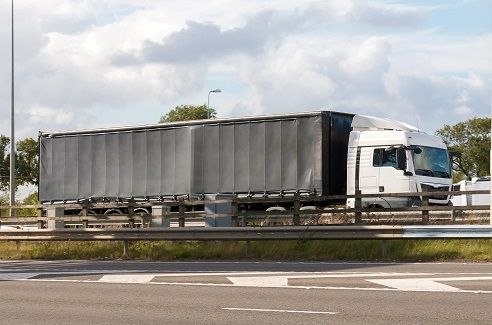 | Fixed-Length Seals and TIR CordsCurtain sided trailers are best secured using a TIR cord to pass through each of the buckles along the trailer, looping around so that TIR fasteners can be secured at the back of the vehicle using a plastic indicative fixed-length seal. This ensures that the only way to access any side of the trailer is by way of breaking the seal, providing the audit trail required. |
Containers on Trailers | |
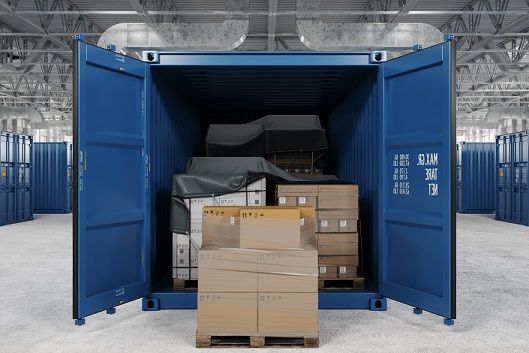 | High-Security Bolt Seals & Plastic Indicative Seals (empty loads only)Fully-loaded shipping containers which are being moved internationally require sealing by way of a security seal designated and tested as ‘high-security’ according to ISO17712 and CT-PAT regulations. Our high-security bolt seal is one of the most well-established on the market and fully compliant. For empty loads, we recommend use of plastic indicative seals – providing peace of mind that empty containers have not been accessed against the knowledge of the legitimate user, reducing risk of foul play. |
Open Top Containers |
|
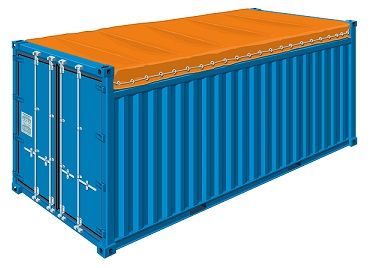 | TIR Cords & Plastic or Cable SealsOpen Top containers allow bulky items to be loaded directly from above. They usually covered and secured using a tarpaulin. TIR cords should be used to pass through the tarpaulin cover eyelets and around container corner posts or lashing rings. The TIR fasteners can then be secured with a security seal – either an indicative plastic seal, or where the goods are being shipped internationally, a high-security bolt seal or cable seal. |
Oil, Gas & Bulk Liquid Tankers | |
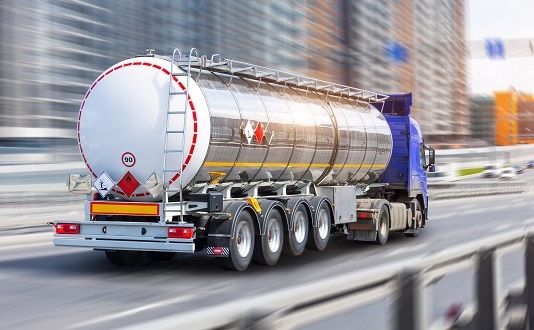 | Flexible Cable SealsThe valuable and potentially hazardous contents of tankers are at risk of interference, theft and fraud, especially whilst in transit and away from the legitimate user. This makes it crucial that sensitive and valuable access points, such as valves, meters and hatches are strongly secured against tampering. Flexible, variable length and very strong cable security seals are ideal for ensuring such access points are secured against interference. |
Universeal is happy to explore suitable van, truck and trailer security solutions for your business- please contact us [email protected] or 01829 760000 to discuss your requirement for security seals and we should be happy to help.
